When thinking about the best places in Tuscany and about things to do in Tuscany, do not forget to include a visit to Arezzo. Even though it is unfairly overshadowed by the fame of Florence, Siena and Pisa Arezzo offers everything you would expect from the beautiful Tuscany: the atmosphere, hospitality, art and gastronomy, but without crowds of tourists. Arezzo’s origins are lost in the very ancient past. The principal buildings and monuments of the city possess a wealth of Medieval and Renaissance art. Arezzo was the birthplace of the great poet Petrarch, and it became internationally famous as the backdrop to a Roberto Benigni’s film “Life is Beautiful” when some of the most beautiful corners of the city formed the setting for scenes of this three-time Oscar winner movie of 1999.
Among all the things travellers should visit in Arezzo, there are several reasons why churches certainly are important. First of all, because they depict a part of the history of Arezzo, which goes from the age of the communes to the 20th century. Secondly, because they show us a great variety of architectural styles, including the Romanesque, Gothic and the Renaissance. Also, so much high value art can be found inside the churches of Arezzo. Two great men, Giorgio Vasari and Piero Della Francesca, have always been the historical testimonial of Arezzo. Their artistic and architectural works are the major attraction in town. Everything is related to them, including the Piazza Grande arcade, the frescoes in the Basilica of St. Francesco, the Cathedral of San Donato, and the Museum of Vasari. So here is the list of top things to do in Arezzo to include in your Tuscany travel itinerary.
Admire stained glass windows at the Arezzo Cathedral
From anywhere you come to Arezzo, the view of the beautiful Tuscan city will be characterized by its Gothic style Cathedral on top of a hill. The Arezzo Cathedral is dedicated to San Donato, who was bishop of the city in the fourth century, and to St. Peter. The construction of the cathedral lasted for more than two centuries because of several long interruptions. It was declared usable in the early 16th century but was not finished yet. The beautiful stained glass windows by Guillaume De Marcillat are from this period of time. Various renovations have taken place over the centuries, some substantial ones were also carried out in the twentieth century. The high bell tower with a hexagonal section was built in neo-Gothic style in the middle of the 19th century. The facade of the cathedral, which remained unfinished for centuries, was completed in neo-Gothic style just in the early 20th century. Marcillat's stained glass windows have already been mentioned, they are considered true masterpieces of art with their intense colours that become almost dazzling when backlit by the direct rays of the sun. Many paintings of various periods and types embellish the Cathedral of Arezzo, including works of Giorgio Vasari, Piero Della Francesca and Salvi Castellucci, an Arezzo painter of the 17th century.
When walking in the city, notice statues of two noblemen with lions located in different parts of Arezzo:
Statue of Ferdinand III of Habsburg-Lorraine
The statue of Ferdinand III of Habsburg-Lorraine (1769-1824), located at the end of Piaggia di Murello, was made by the Florentine sculptor Stefano Ricci. Ferdinand III of Habsburg-Lorraine was the Grand Duke of Tuscany in the late 18th and early 19th century. He was also Grand Duke of Salzburg and Grand Duke of Wurzburg for a few years. The statue was erected in gratitude for his excellent work in the field of communication between Arezzo and Tuscany. The people of Arezzo have never shown affection towards the Tuscan sovereigns, but thanks to his commitment to give back to the population the precious fertile lands of the Valdichiana, Ferdinando II is certainly an exception. The Grand Duke is represented with an ancient toga and crowned with oak leaves, a symbol of virtue, strength, perseverance and loyalty. In one hand he holds the sceptre, an emblem of power, while at his feet lies a tame lion. At the beginning of the 19th century, the statue was placed in Piazza Grande and about a century later it was moved to its current position.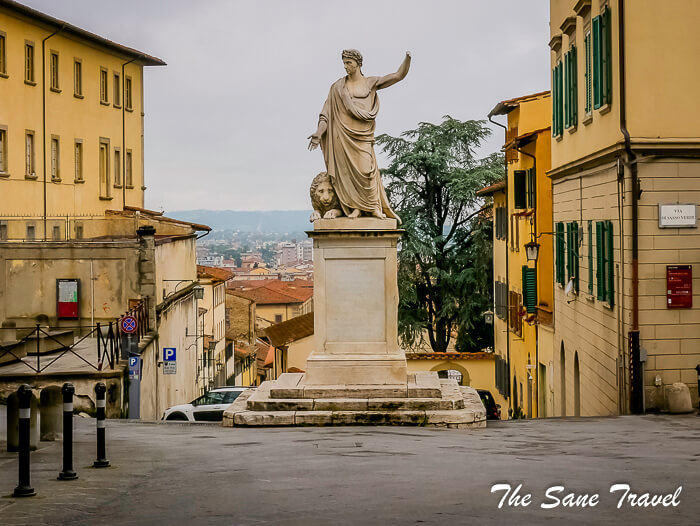
Statue of Vittorio Fossombroni
Vittorio Fossombroni (1754 – 1844), the contemporary of Ferdinand III, was an outstanding personality, born in Arezzo into a noble family. Mathematician, economist and engineer, he was a teacher at the University of Pisa. He became famous for his writings on irrigation and his project of draining the fertile lands of Valdichiana valley. He helped the Grand Duke Ferdinand III to govern Tuscany and rose to great political heights in the government as Prime Minister and Minister of Foreign Affairs. The marble statue depicts Fossombroni with a scroll in his right hand with the hydraulic engineering treaties and having his left hand on the head of a lion, which in turn has its right leg over a sphere: the allegory of power. 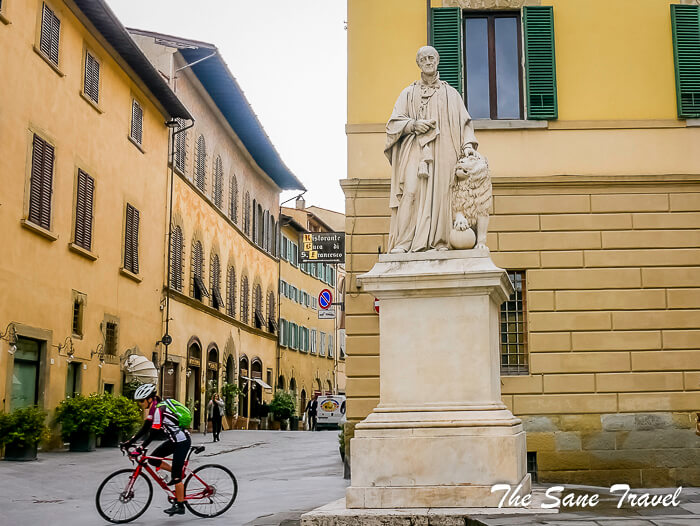
Count the coats of arms on the Palazzo Pretorio building
The Palazzo Pretorio on Via dei Pileati is one of Arezzo’s most impressive buildings, representing medieval and Renaissance Aretine architecture. The building got its appearance as a result of the consolidation of different buildings belonging to several noble families since the early 13th century. Its harmonious façade is adorned with several coats of arms, reminiscent of governors and captains of the 15th and 16th century. Before it was converted into the seat of the library in the middle of the 20th century, the building also served as a jail for more than 300 years.
Watch the time pass by at the Piazza Grande
Piazza Grande, or Main Square, is built in a steep rise where you can admire churches, historic buildings, galleries and antique shops. There is a lively atmosphere of restaurants, cafes and outdoor bars during the warmer months. Small little places line the Piazza Grande with picture perfect outdoor lounges set up under the Loggia del Vasari; the little bodegas opening to the Piazza Grande is a perfect place to sit and people watch. On the left, there is the Pieve of Santa Maria in Arezzo and the Palace of Fraternita dei Laici with the still functioning Astronomical Clock. On this side, there is also a beautiful public fountain working in summer months. On your right, see the Palace Lappoli with a wooden gallery and the Palace of Casatorre dei Cofani with a characteristic tower. This is the square of “Life is Beautiful” movie by Roberto Benigni, three-time Oscar winner of 1999, where you see him on a bike in the square. Piazza Grande houses the monthly Antique Fair and the Joust of the Saracen or Giostra Del Saracino, a beautiful medieval festival that animates Arezzo every June and September with colours, sounds and flavours from the Middle Ages.
Find a statue among the columns on the facade of the Pieve of Arezzo
The Pieve of Santa Maria in Arezzo is an extraordinary example of Romanesque architecture. The main façade of the church is hidden in Via Seteria, on the left of the Piazza Grande. The construction of the church began in the mid-twelfth century. Almost 60 metre high bell tower is integrated into the right front corner of the church. It is called the “100-holes” because of the special mullioned windows on five floors. When getting closer to the church, you recognise hundreds of different finely worked columns, all with refined capitals depicting a multitude of different motifs, decorating its facade and large apse. One space of the column is taken by a statue. Do you see it? 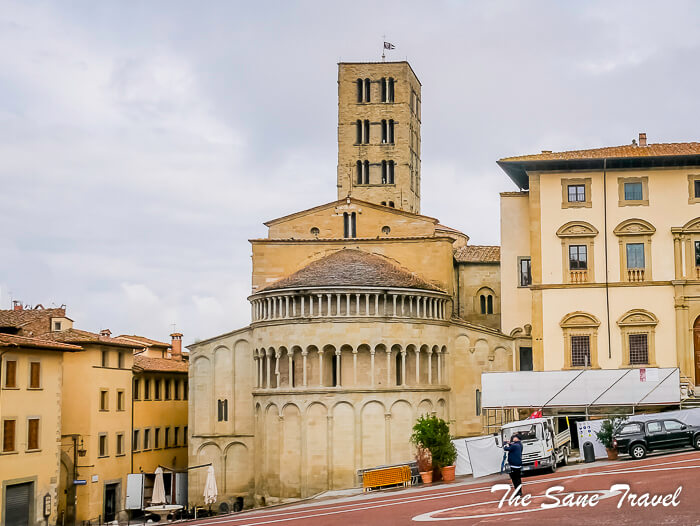
Find differences between twin tower buildings
In the historic centre of Arezzo, there are two tower houses of medieval origin known as the “Twin towers”. The only difference between them is the shape and size of the windows, on the right hand tower they are arch shaped or rounded while on the left hand tower they are square. 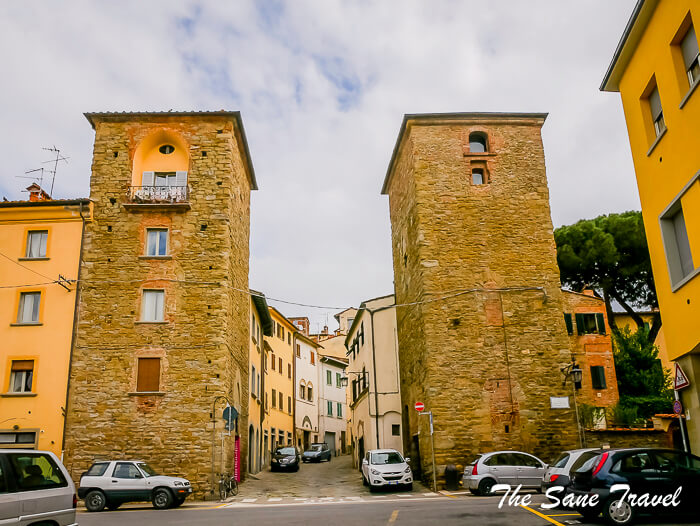
Admire the fresco of The Legend of the True Cross
The Basilica of Saint Francis attracts many tourists thanks to Renaissance painter Piero Della Francesca's stunning frescoes depicting The Legend of the True Cross. A person not knowing Arezzo who would find themselves in the Saint Francis Square could never imagine that here, beside the unfinished and coarse facade of Saint Francis Church, some paintings of such important artistic value can be found. Piero Della Francesca's frescos cycle, which illustrates the "Legend of the True Cross", certainly is the crown-jewel of this pictorial heritage. They were painted in the middle of the 15th century to decorate the main chapel of the church placed behind the high altar, the Bacci Chapel, which is named after a rich family of merchants from Arezzo. The fresco cycle tells the story of how wood from the Garden of Eden became the cross on which Jesus died. The frescoes are placed in a non-chronological way and are aligned for symmetry. It's considered an early Renaissance masterpiece. The walls of the basilica were once completely covered with paintings of 14th and 15th century. Nowadays, many of these artworks are lost, while others are just partially visible. The Church of Saint Francis, while remaining a place of worship, is nowadays also a state museum.
Feel the breath of Renaissance times at Casa Vasari
Casa Vasari, the house of the Italian artist and architect Giorgio Vasari (1511-1574), is a two-story palace that he bought in 1540. Vasari is known as the architect of the Uffizi Gallery building in Florence. He also redesigned and renovated the medieval churches of Santa Maria Novella and Santa Croce there. Paintings by Vasari can be seen in the best art museums in Italy, including the Uffizi Gallery in Florence and of course in Museo d’Arte Medievale e Moderna in Arezzo. During the visit to the House Museum, you can admire beautifully decorated premises, including the apartment with the Chamber of Fame and the Arts, the Chamber of the Muses, the House of Abraham and the Fireplace Hall decorated by Vasari and his pupils.
Get a historic feel at San Domenico church
The church of San Domenico is one of the most famous sacred buildings of Arezzo because of the wooden crucifix painted by Cimabue, considered one of the masterpieces of the thirteenth century. The construction of the church has begun in the late 13th century and finished in the fourteenth century. The asymmetrical brick façade includes the bell tower with two bells. Many frescoes from the 14th to 16th century give a really historic feel to the place.
Where to stay in Arezzo
My choice was Hotel Continentale, located within walking distance from the railway station. Even though I came by car, the parking lot at the railway station was the best option to park my car overnight. Hotel and rooms are of the vintage feel, nicely decorated with a good breakfast. 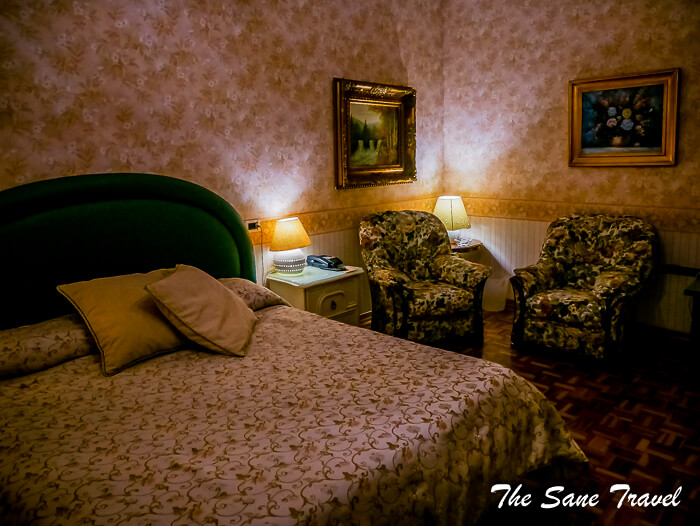
Practical information
The parking lot Pietri is the most convenient for old town sightseeing on foot. One part is for a fee but not expensive and the other part is free if you are lucky to find a space there. The location is great: situated next to Porta San Clemente, it stretches along the ancient walls of Arezzo. 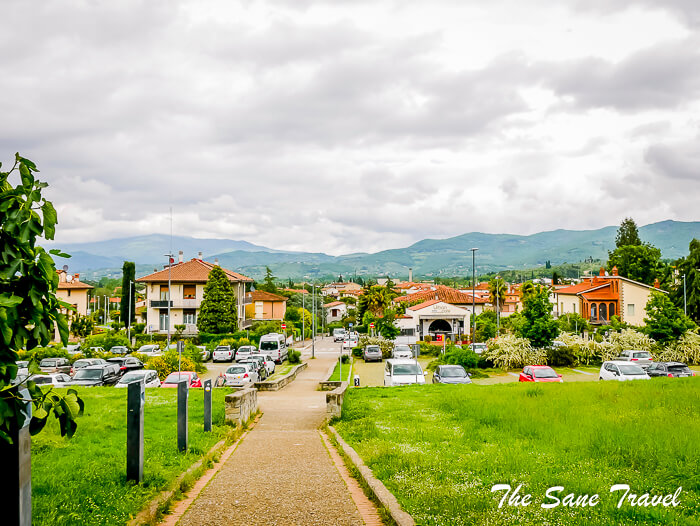
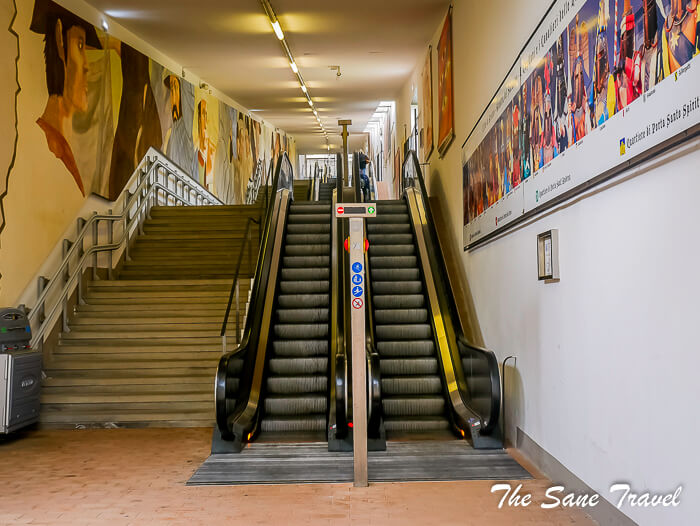
Like it? Pin it!
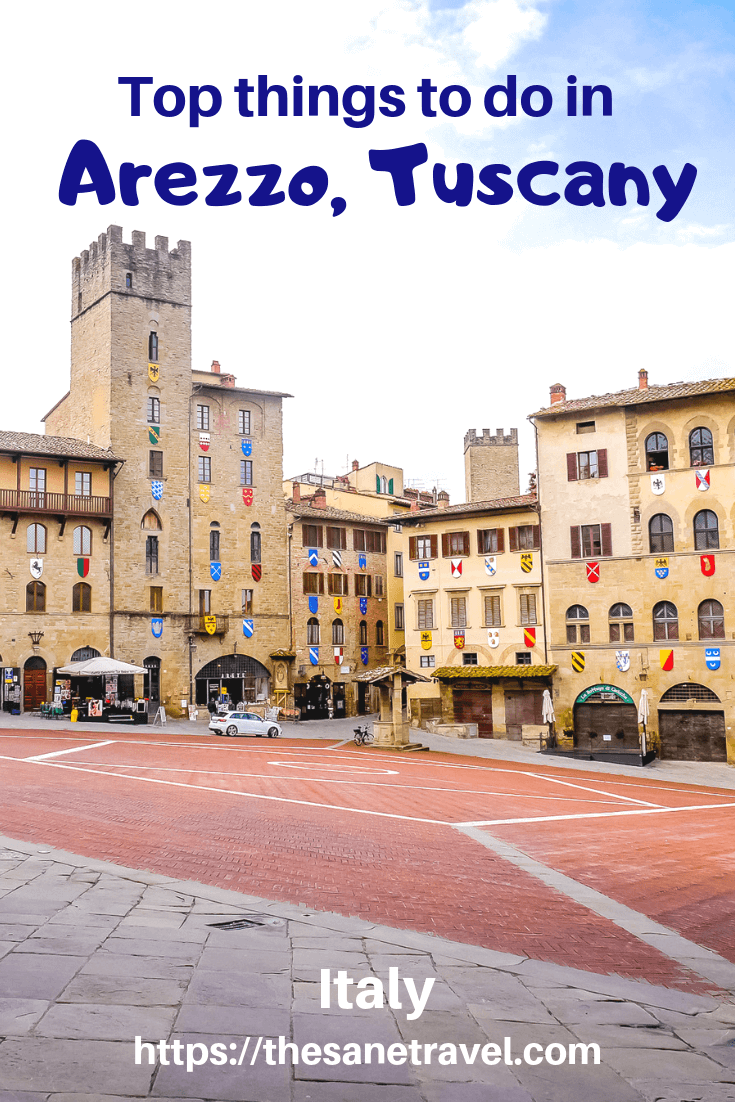
What did you think? Have you been to Arezzo in Tuscany? Or perhaps you’re thinking of visiting there in the near future? Either way, I’d love to hear from you so please add your comments below.
Author: Anita Sane

About the author
Anita is a part-time traveller, passionate photographer and a retired career woman from Latvia, travelling mostly solo for more than 15 years. She is a skilled travel planner who plans and executes her travels by herself. Anita wants to show you how to travel the world and open your mind to new experiences. Follow her on Facebook, Instagram, Pinterest, Twitter and Bloglovin.

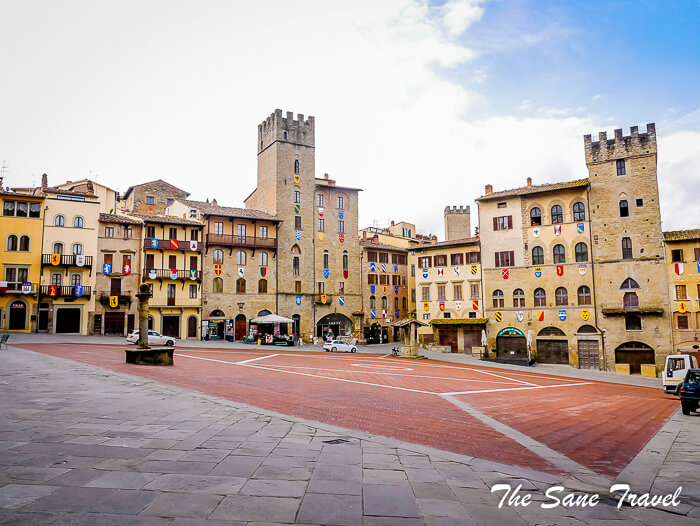
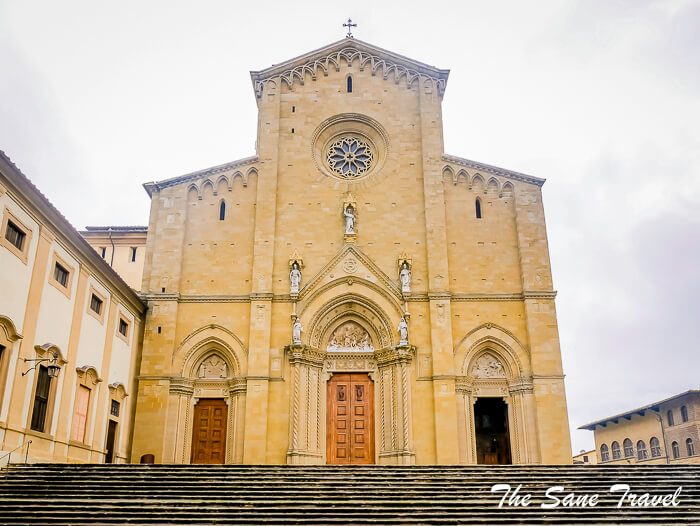
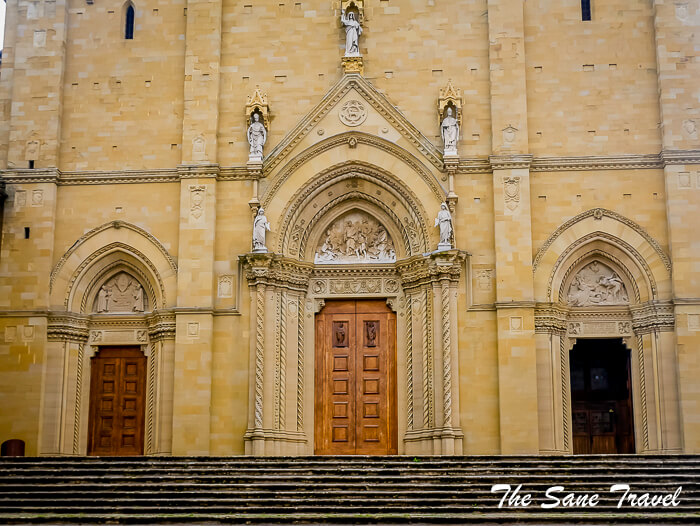
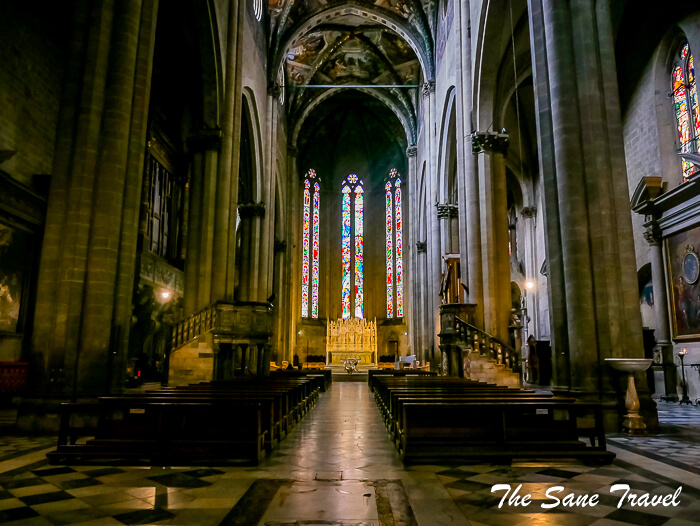
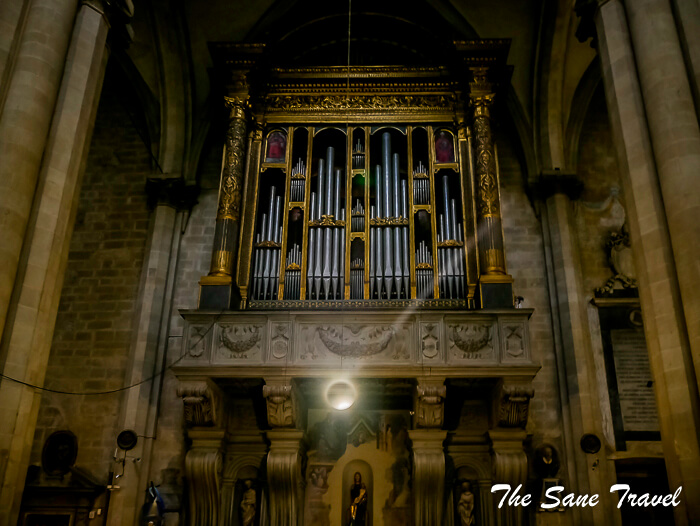
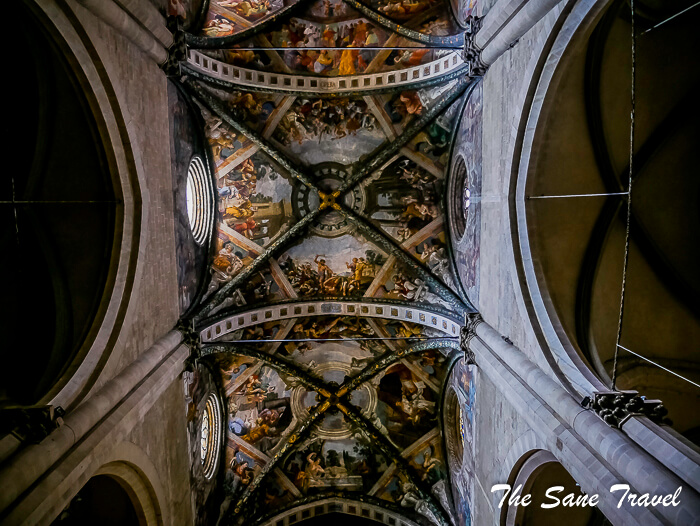
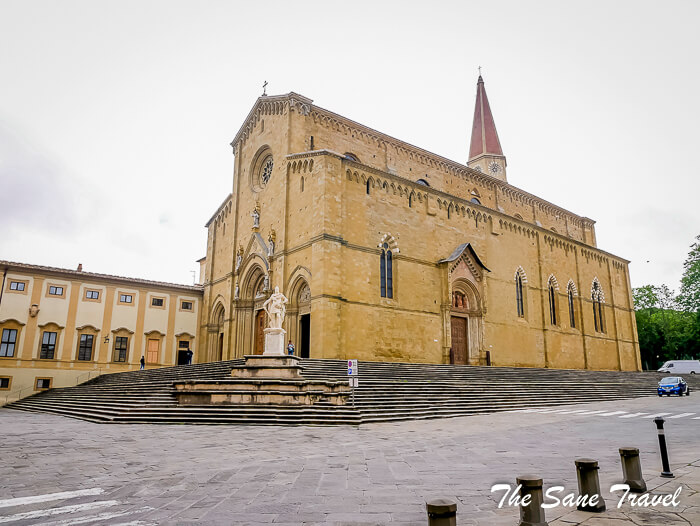
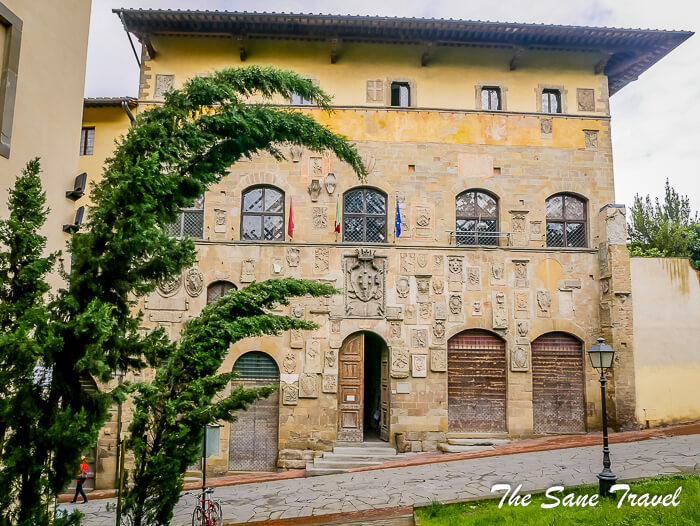
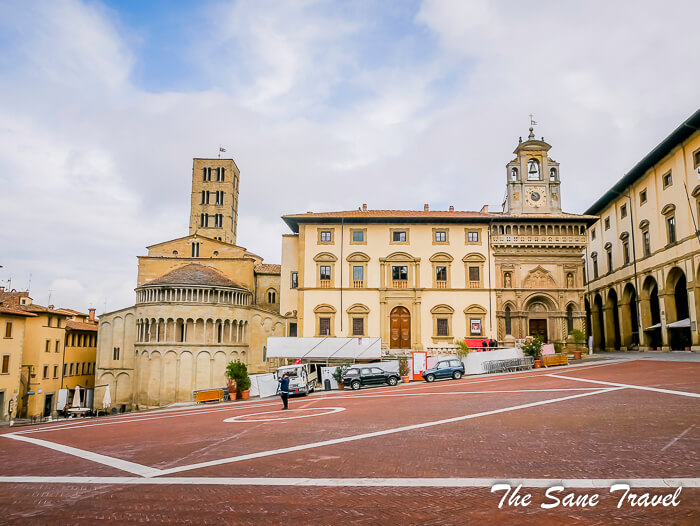
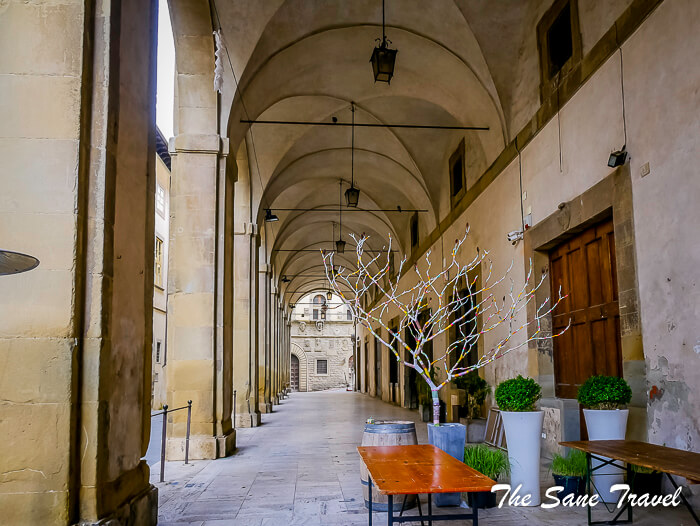
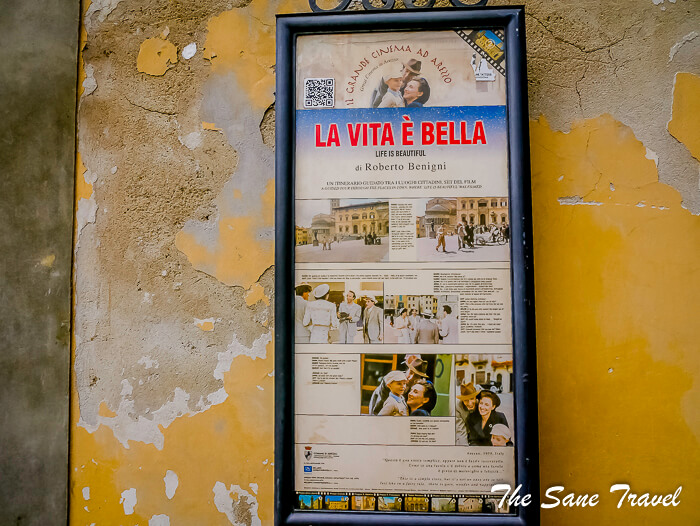
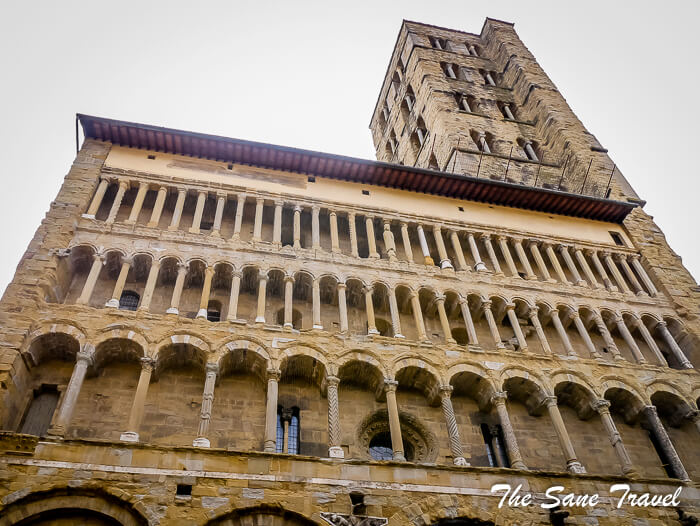
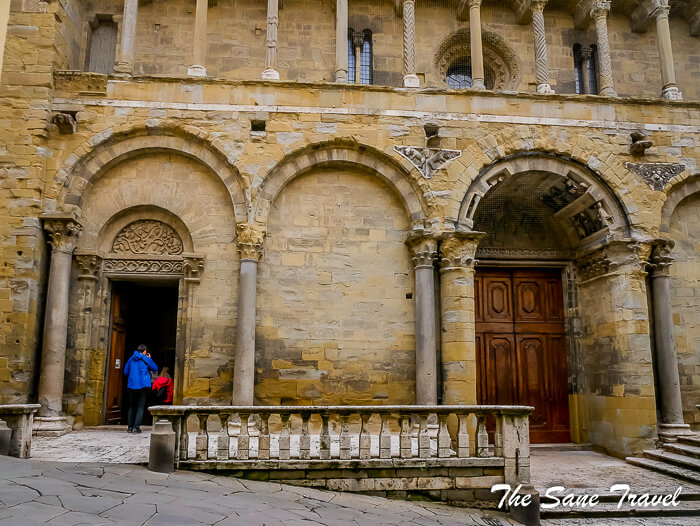
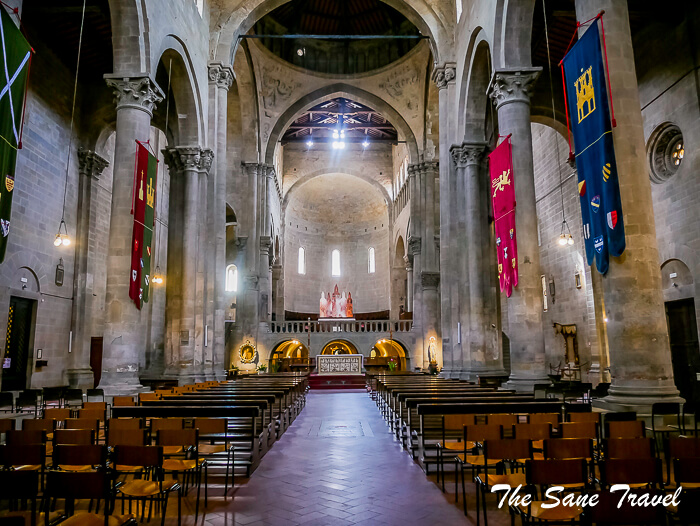
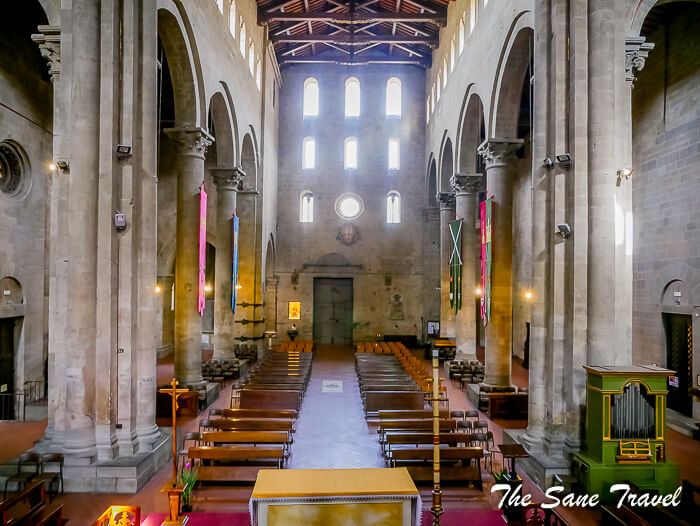
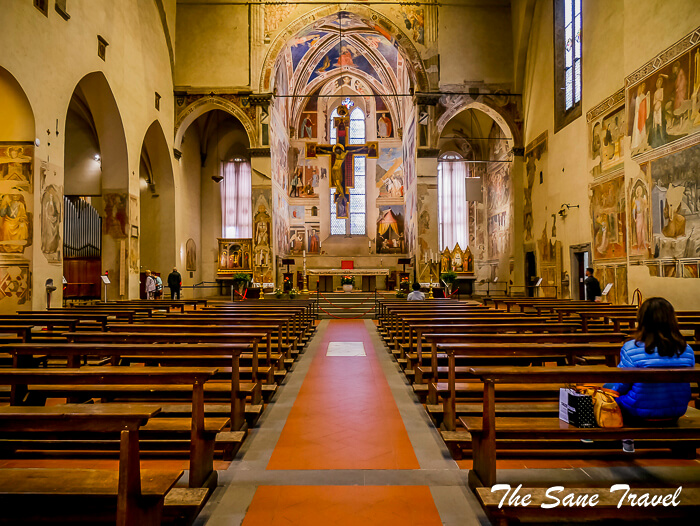
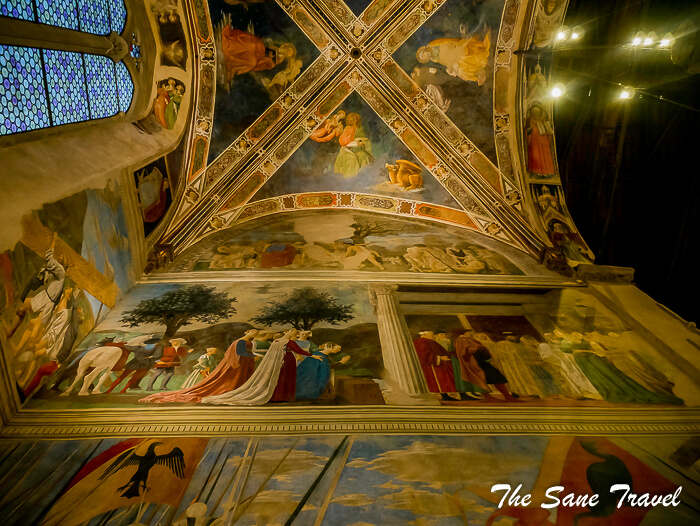
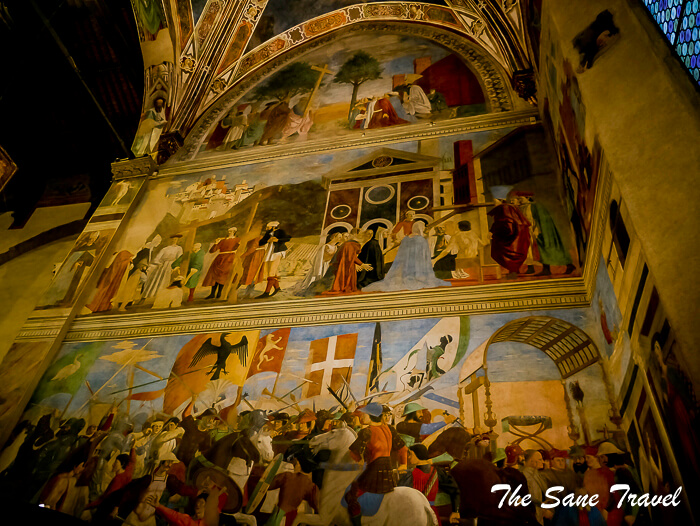
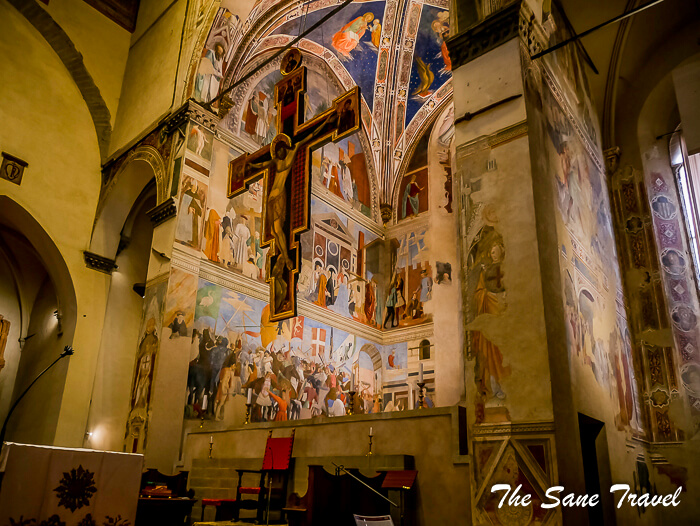
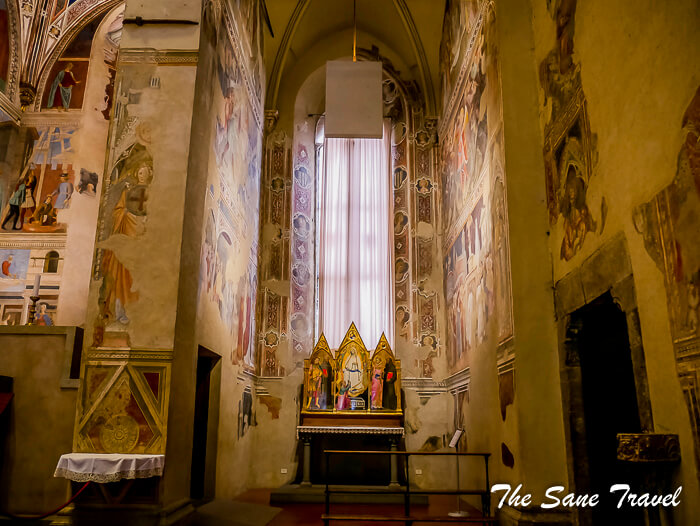
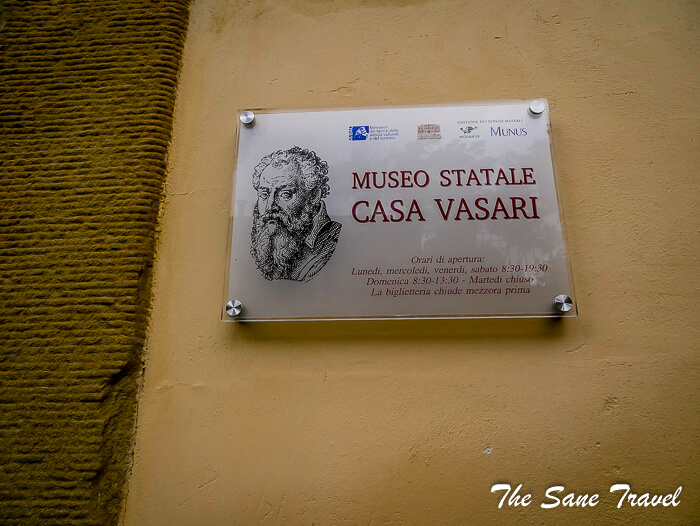
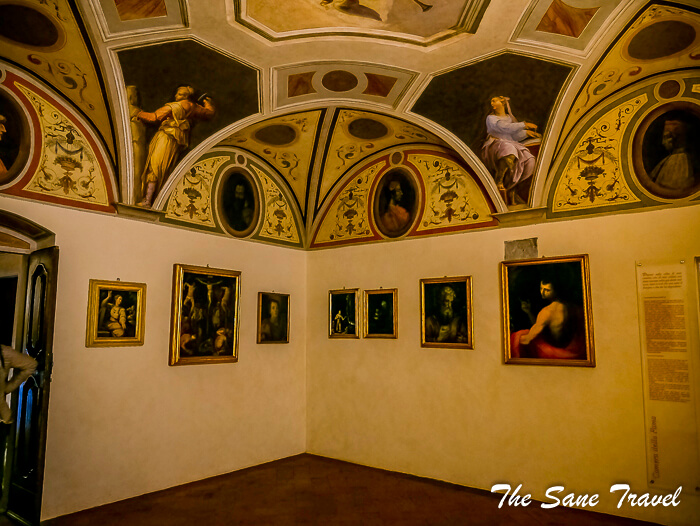
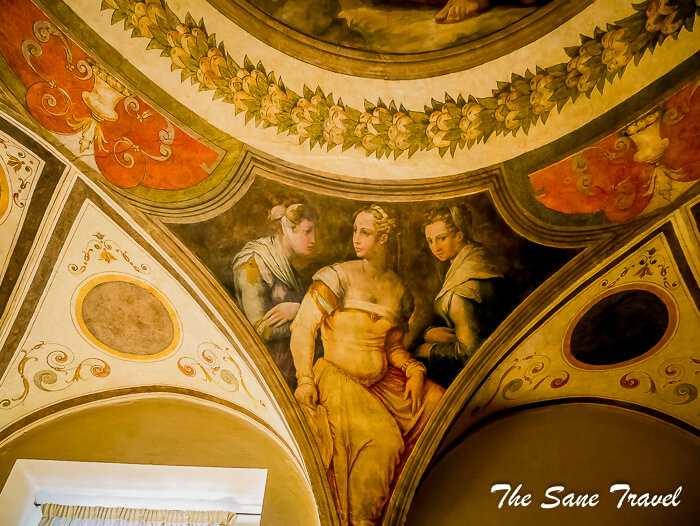
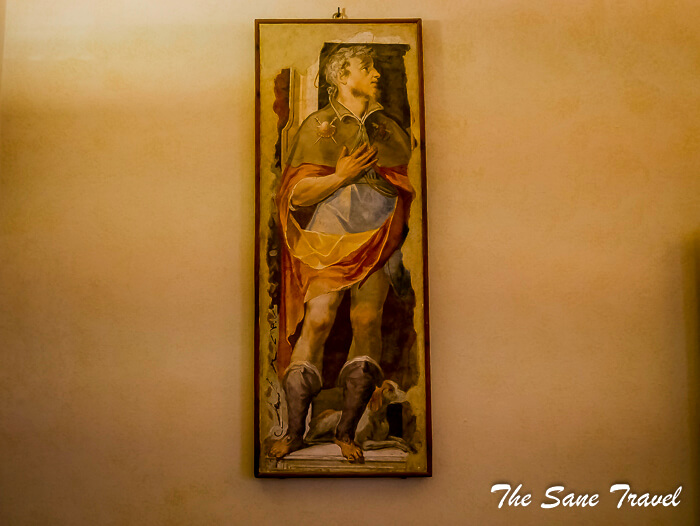
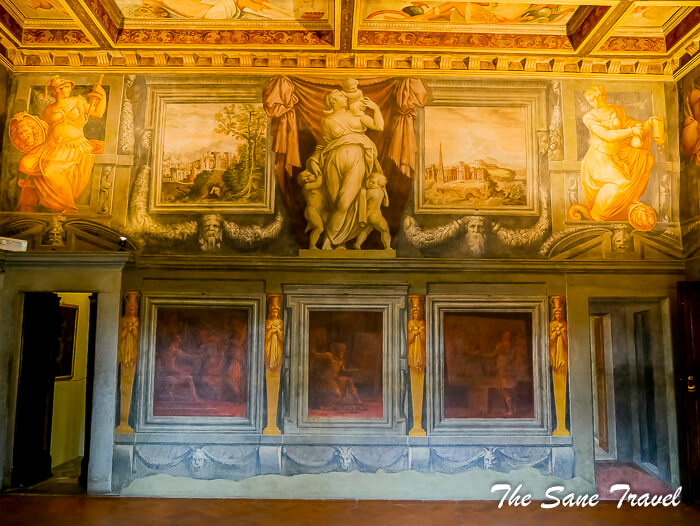
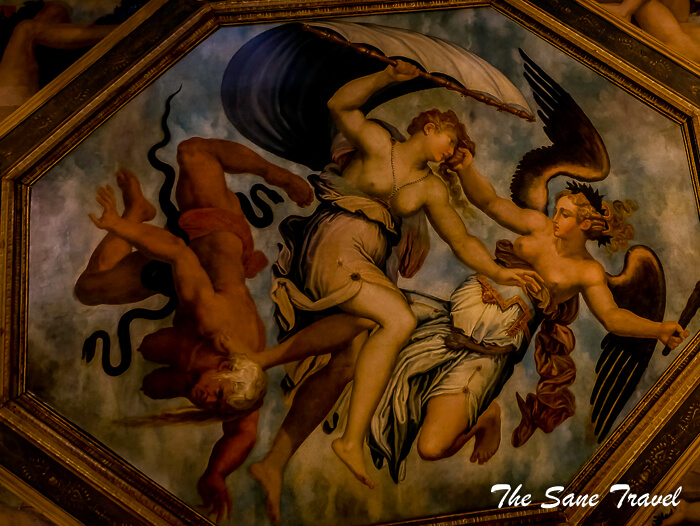
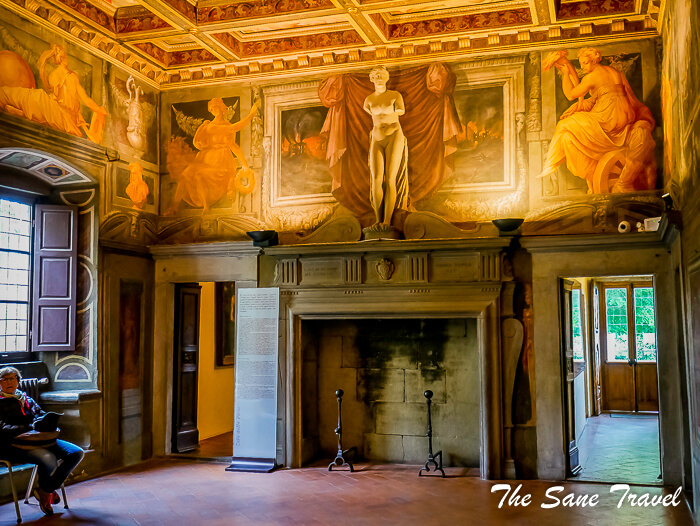
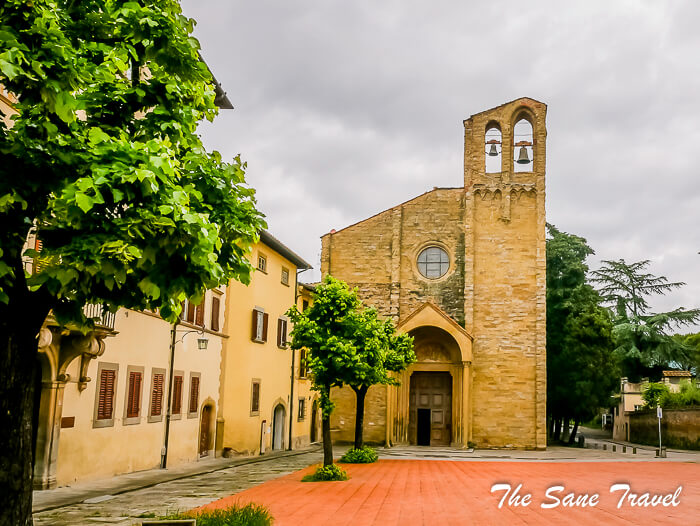
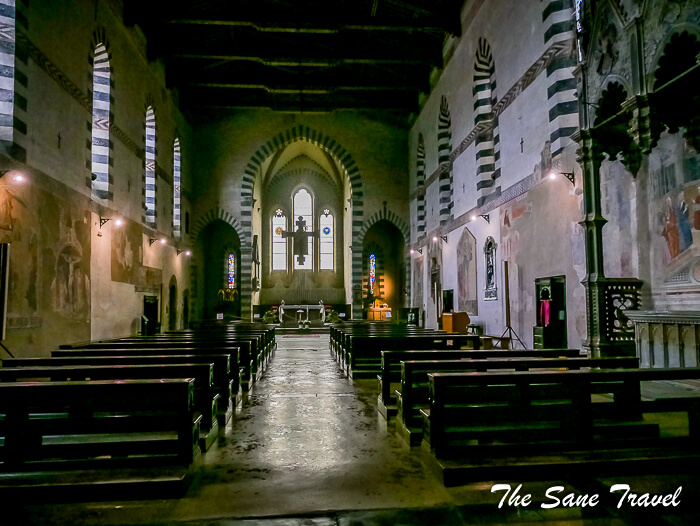
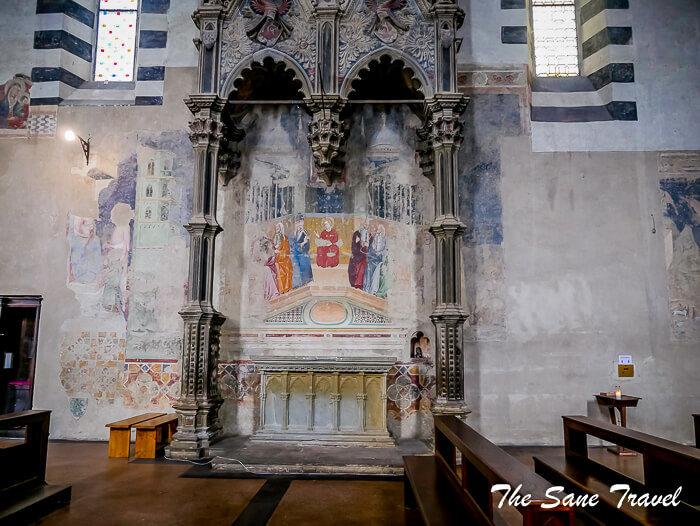
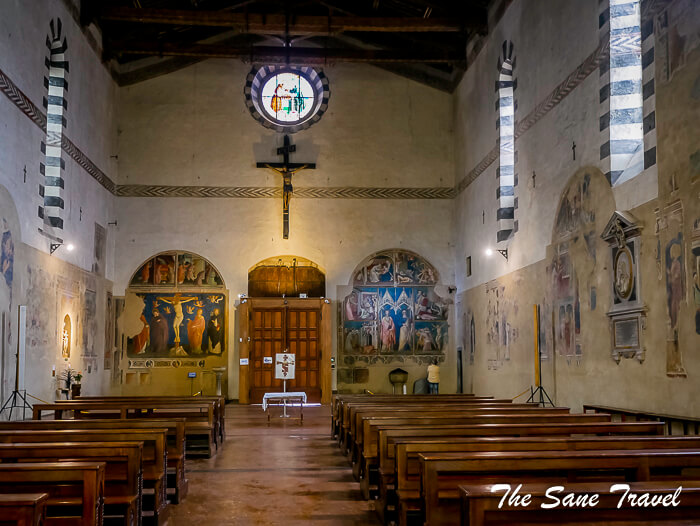
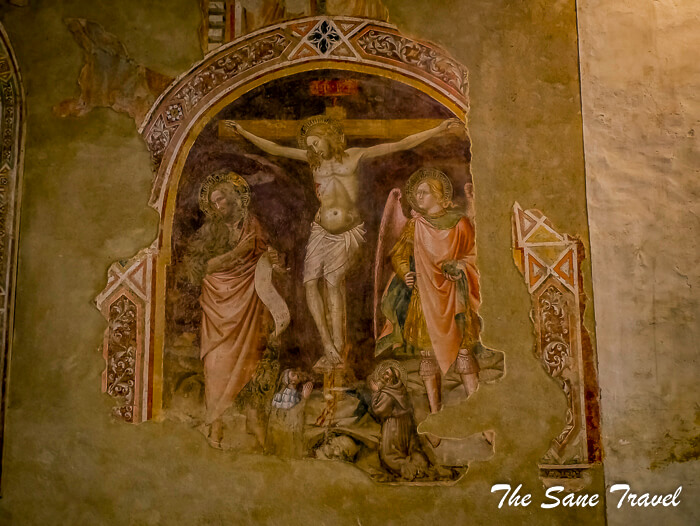
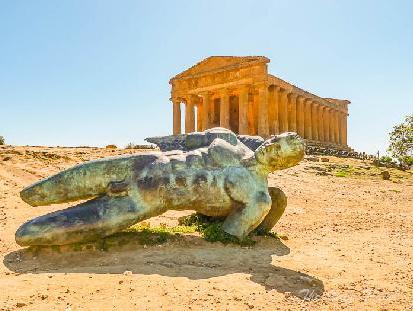
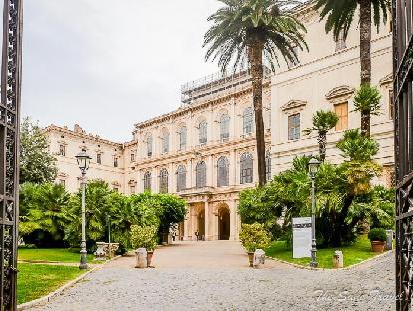
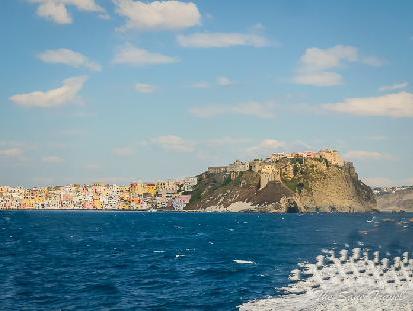
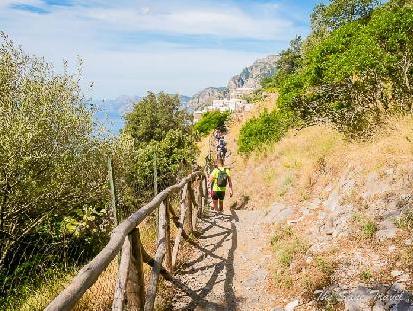
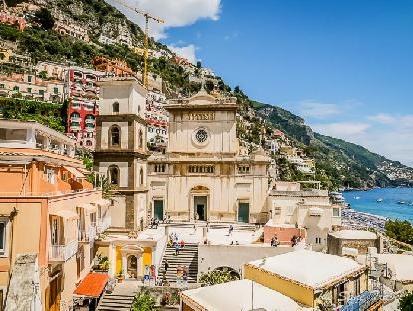
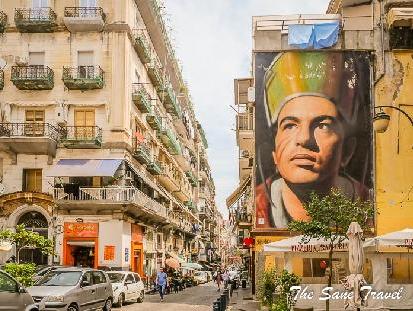
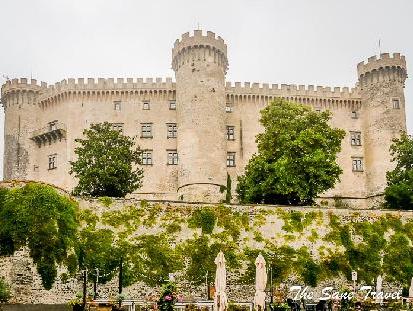
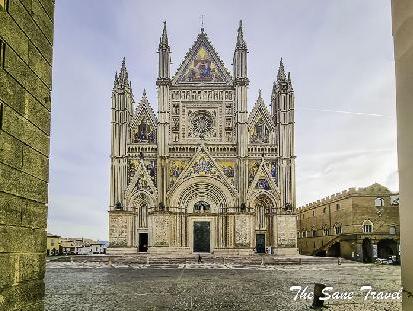
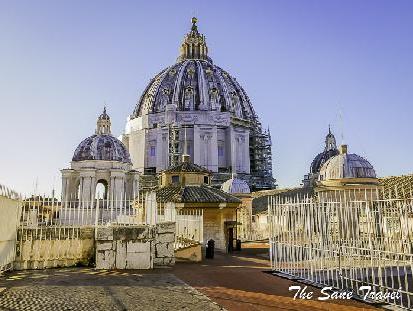
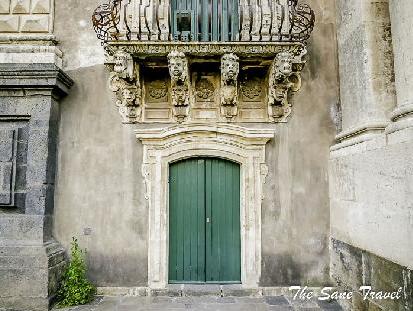
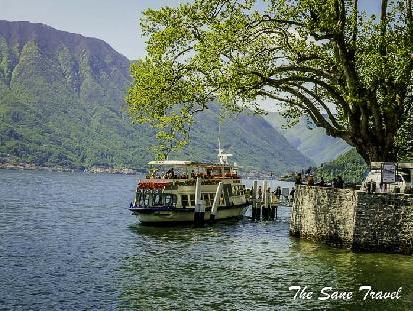
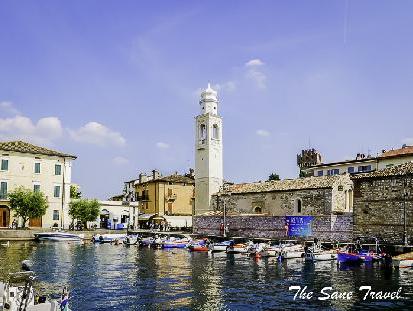
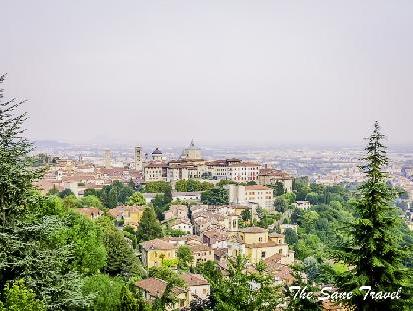
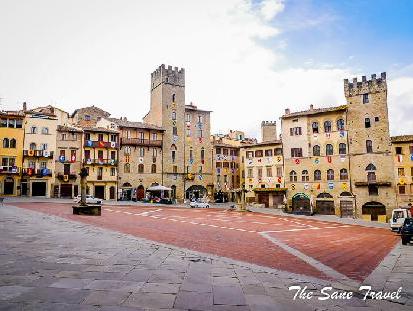
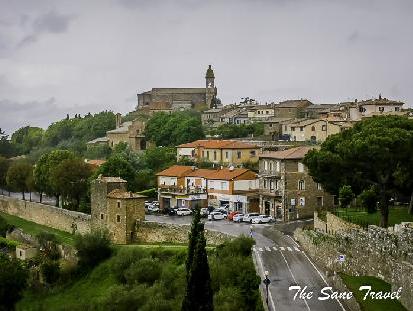
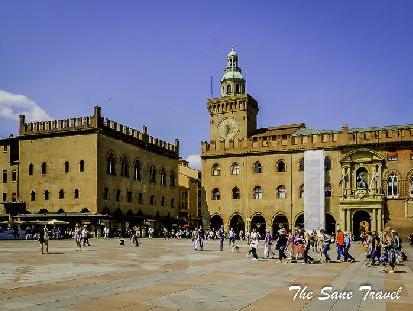
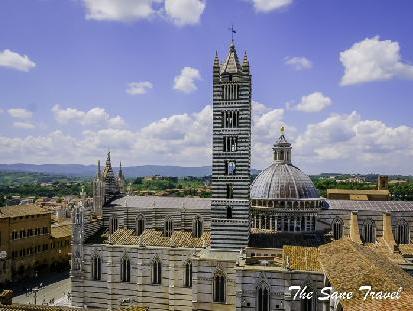
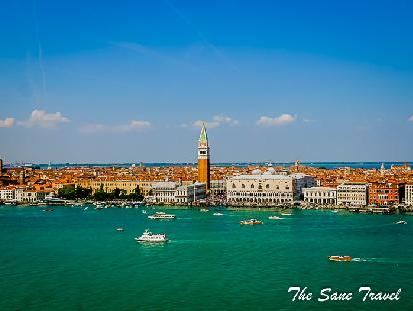
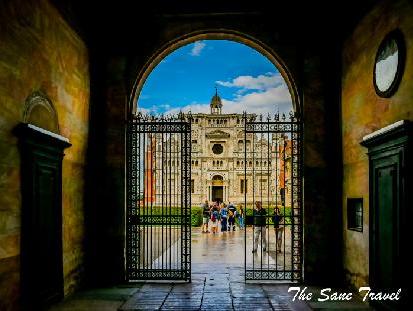
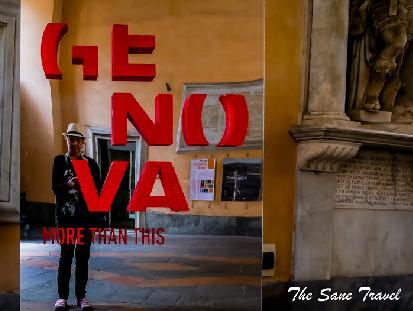
Report
My comments